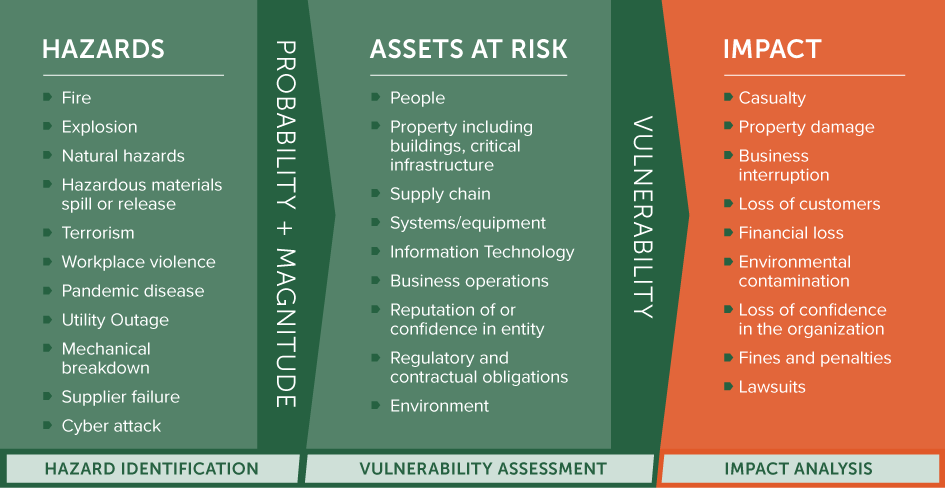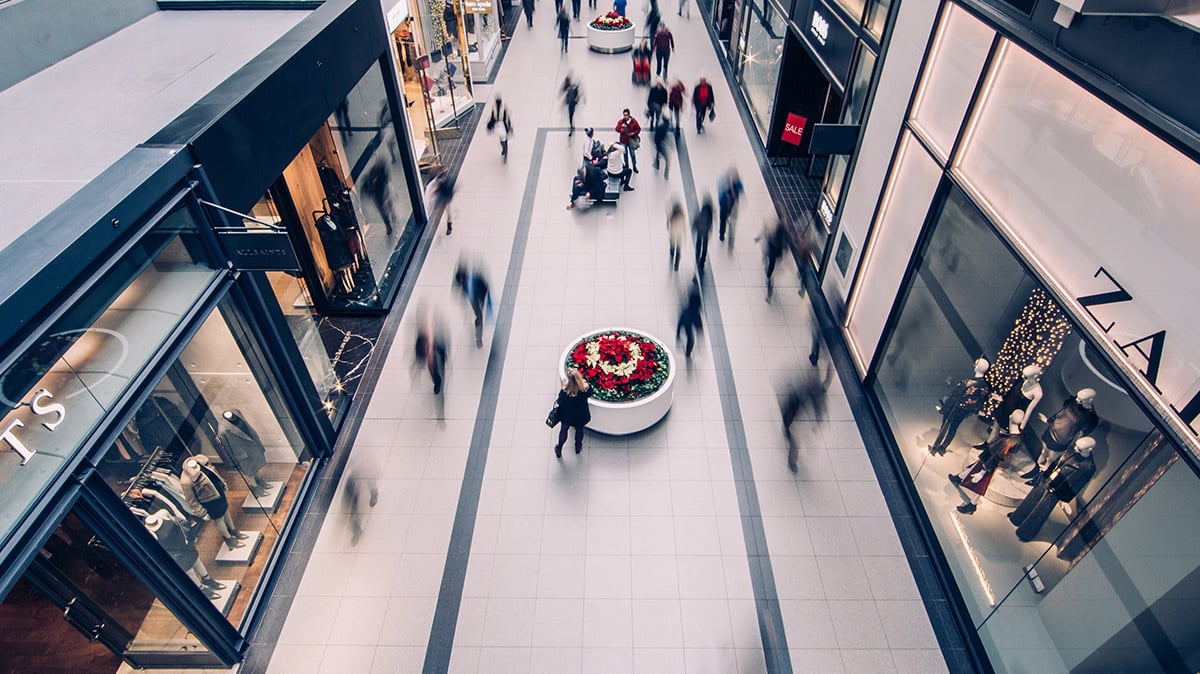2020 was an extremely hard year for many retailers and retail workers—not just economically, but in terms of retail security and personal safety. According to the latest edition of the AFL-CIO’s annual worker safety report, Death on the Job: The Toll of Neglect, it isn’t simply that workplace violence, in general, is a growing and serious threat. Retail work specifically proved to be disproportionately violent in 2020. Of the 453 workplace homicides the authors tracked, 354 were firearm deaths, with the largest single group of victims being retail workers. In fact, retail workers accounted for more than a quarter of all at-work homicide victims for the year in question: 128 victims. By contrast, the next largest group were actual security guards, with 95 workers killed.
This threat disproportionately falls on women. According to the U.S. Census Bureau, more than 56 percent of all retail workers are female. And as the AFL-CIO noted in their annual report, “Women workers are [already] at greater risk of [on the job] violence than men; they suffered two-thirds of the lost-time injuries related to workplace violence.” Women are also more than twice as likely to be murdered on the job: just 8 percent of the men who die on the job are murdered, compared to nearly 20 percent of women.
A Comprehensive Approach to Retail Security and Safety
In order to ensure worker safety, we need to begin to approach retail safety and security holistically. Such an exercise focuses equally on asking security questions about how to improve safety measures for people, policy, and technology:
- People: Who are you looking out for? In what ways does each person/group need to be protected? What can each do to keep others safe? (Note that protecting people increasingly means taking into account infectious disease/coronavirus safety, as well as traditional threats.)
- Policy: What does the business need to do (or change) in order to increase safety and security?
- Technology: How do you change your building and operations to make that happen?
But solutions are only as good as the consideration that goes into them. The Department of Homeland Security (DHS) reminds us that, as you consider security, you “should take an ‘all hazards’ approach. There are many different threats or hazards. The probability that a specific hazard will impact your business is hard to determine. That’s why it’s important to consider many different threats and hazards and the likelihood they will occur.”
DHS’s collection of business preparedness resources help all types of organizations (including retail businesses) structure their all-hazards risk assessment and planning. For example, worksheets like this one can really help focus the conversation.
Download our Ultimate Guide to Bulletproof Glass
Four-Steps to Your All-Hazards Retail Security Plan
This simple four-step all-hazards security planning process is based on DHS recommendations, and similar to the assessment and mitigation process used by many security experts:

All-Hazards Approach Chart for Retail Security
Step #1: Identify Hazards
Hazards are all the unpleasant events that could occur: Fires, armed robberies, chemical releases, floods.
Take a comprehensive look at the many hazards that you and your workers face. This list from Ready.gov is an excellent starting place. At the time of this writing, these include civil unrest, protests, the pandemic, a puzzling Christmas Day suicide bombing in downtown Nashville, and increasingly violent organized retail crime (ORC). But don’t forget about mundane risks. Building fires, dark parking lots, and slick loading docks are so familiar we often forget how common (and deadly) they can be.
Once you’ve listed your hazards, rate each in terms of probability (how likely it is) and magnitude (how bad it would be).
For example, you might rate a fire as a high probability event that’s fairly low magnitude. (While there are roughly 50,000 nonresidential building fires each year, almost all are confined to a single room; fewer than 1 in 50 lead to any injury and less than 0.09 percent prove fatal.)
Conversely, a targeted active shooter event at your business is an extremely low probability (a handful occur each year) but high magnitude (dozens of people can be injured or killed, and entire communities psychologically impacted). Many businesses are not able to recover from the financial liability and reputational damage.
Step #2: Consider Your Assets
Assets can fall prey to hazards: Workers may be sickened by a chemical spill on a nearby highway; your building may be damaged by an explosion.
Obviously, first and foremost, your greatest asset is your staff. As DHS notes, “injuries to people should be the first consideration of the risk assessment. Hazard scenarios that could cause significant injuries should be highlighted to ensure that appropriate emergency plans are in place.”
But, while people are no doubt your most valuable assets, they are far from your only assets. This asset list should include both physical assets (buildings, fixtures, products, etc.), as well as less tangible assets (data, reputation, community confidence, worker peace-of-mind, etc). Rate these in terms of how vital they are to your organization. Will your business survive damage to the building? To its reputation? To your sales staff’s confidence?
Next, identify each asset’s vulnerabilities.
A vulnerability will always do at least one—if not both—of the following:
- Increase the probability of an event (it makes the event more likely)
- Increase the magnitude of an event (it makes such an event more damaging)
Think about why it is that a particular asset is vulnerable to a specific hazard (listed in Step #1). Are there aspects of your business practices or daily operations that expose that asset to that hazard? Is the asset especially attractive for some reason?
Step #3: Assess Impacts
Impacts are the results of a hazard striking an asset.
Review your list of hazards (from Step #1) and consider the potential impact each hazard has on your assets (identified in Step #2).
For example, an electronics shop might list the following assets:
- Workers and customers
- The building
- New and used mobile phones, computers products, and other stock
- Customer devices that are being serviced/repaired
- A delivery vehicle
- Office equipment
- Decades of paper files, invoices, and POs
- Community trust and reputation
A building fire during a long holiday weekend may destroy the office, damage the van, and ruin unsold stock, but it’s unlikely to harm your reputation in the community or shake the confidence of your customers. If you’re properly insured, you’ll be back on your feet in no time. Meanwhile, a staff member surreptitiously installing spyware on a customer’s computer won’t do any physical damage—but the financial fallout from litigation, on top of the reputational damage as word spreads, could easily destroy a business.
When possible, assess the monetary costs associated with the damage or loss of each asset. This calculation may seem heartless—when it comes to human lives and livelihood—but it’s imperative. There will always be a stage in your hazard reduction program when costs need to be justified. You need to be ready to weigh costs and benefits.
Step #4: Weigh Possible Mitigations
Mitigation seeks to reduce the impact a hazard/vulnerability has on your assets, and might do this at any stage:
-
- Eliminate a hazard/vulnerability
- Reduce the probability of an event
- Lessen the magnitude of the event
- Ease the impact of an event
- Speed recovery after an event
… and so on.
Some mitigation strategies will reduce risks at multiple stages or for multiple distinct hazards.
For example, consider replacing the front display window and door of that hypothetical electronics shop with bullet-resistant polycarbonate. That doesn’t just protect the workers from a shooter. It also reduces the likelihood of storm damage and protects that business during a riot or protest. Using a buzz-thru door further limits the risk of shoplifting or a disgruntled former spouse or boyfriend coming in and creating a disturbance. Better lighting outside the business doesn’t just deter burglary: It also prevents vandalism, assaults, and helps mitigate slip-and-fall injuries.
Embracing an All-Hazards Process for Enhancing Retail Security
“We’re always really glad to see people thinking deeply and in new ways about safety and security,” explains Jim Richards, CEO of Total Security Solutions CEO. “What this comes back to is really deeply understanding your real threats and risks, and taking that ‘all-hazards’ approach to increasing safety for your staff, customers, and community. People naturally focus on what most easily comes to mind. That’s going to be those dramatic incidents that got a lot of news coverage: A big shooting. A riot. An explosion. But good security and safety improvements always mitigate multiple risks at the same time.”
Jim has decades of experience in creating physical security and access control solutions—including countless retail businesses. He encourages every business—from the smallest family pharmacy to multi-national retail operations—to engage in a comprehensive safety and security assessment and planning process.
“As our name implies, we develop total security solutions. These are attractive, integrated solutions. Yes, we focus on the physical means to protect people. But those measures have a ripple effect. When you start rethinking your retail space to increase safety and security, you can make your entire facility a better, overall safer, more comfortable place to spend your days. You take a comprehensive look at your challenges. We’ll help you come up with a complete system for addressing them.”

